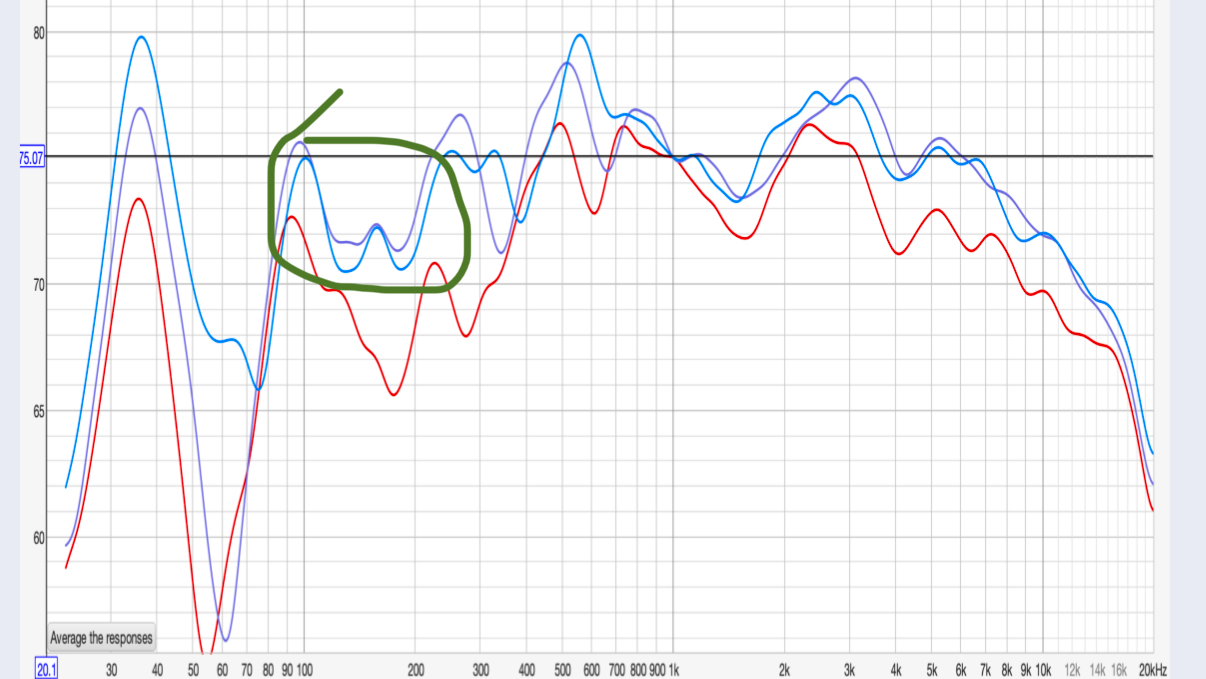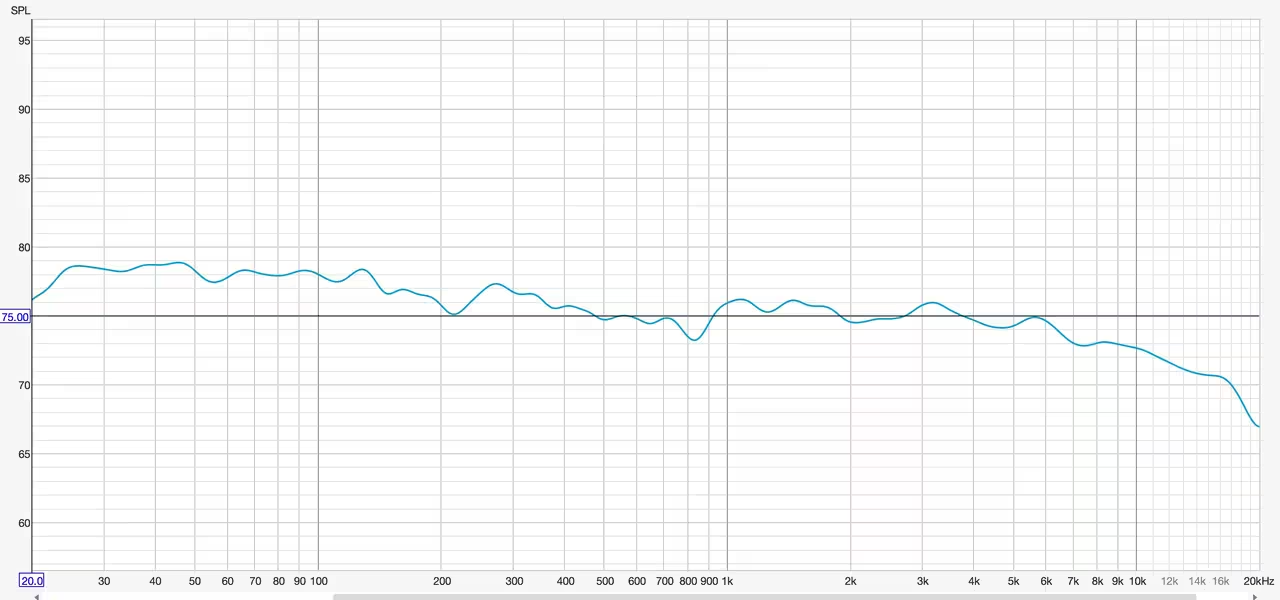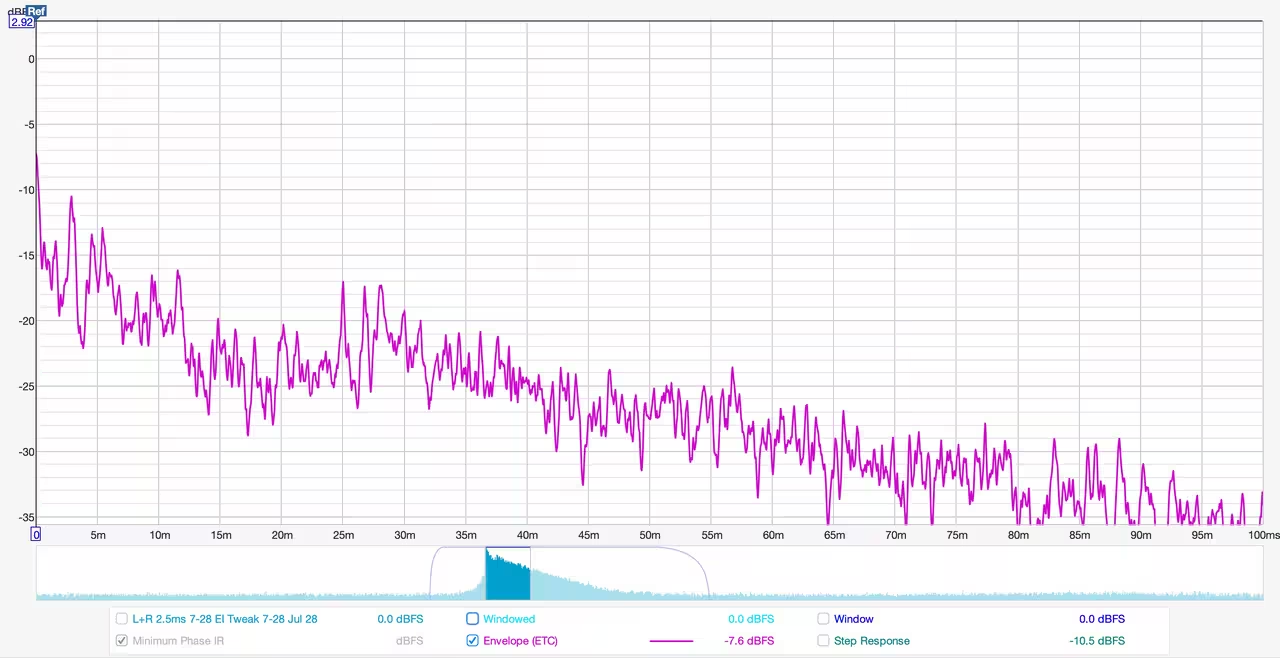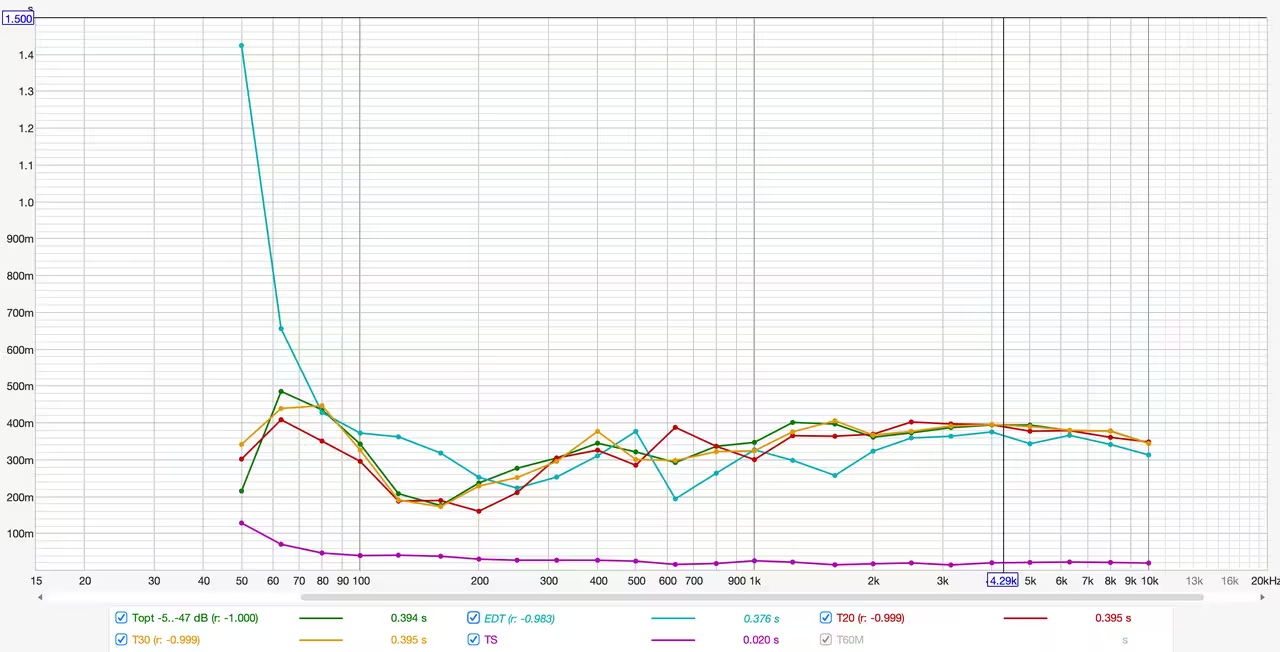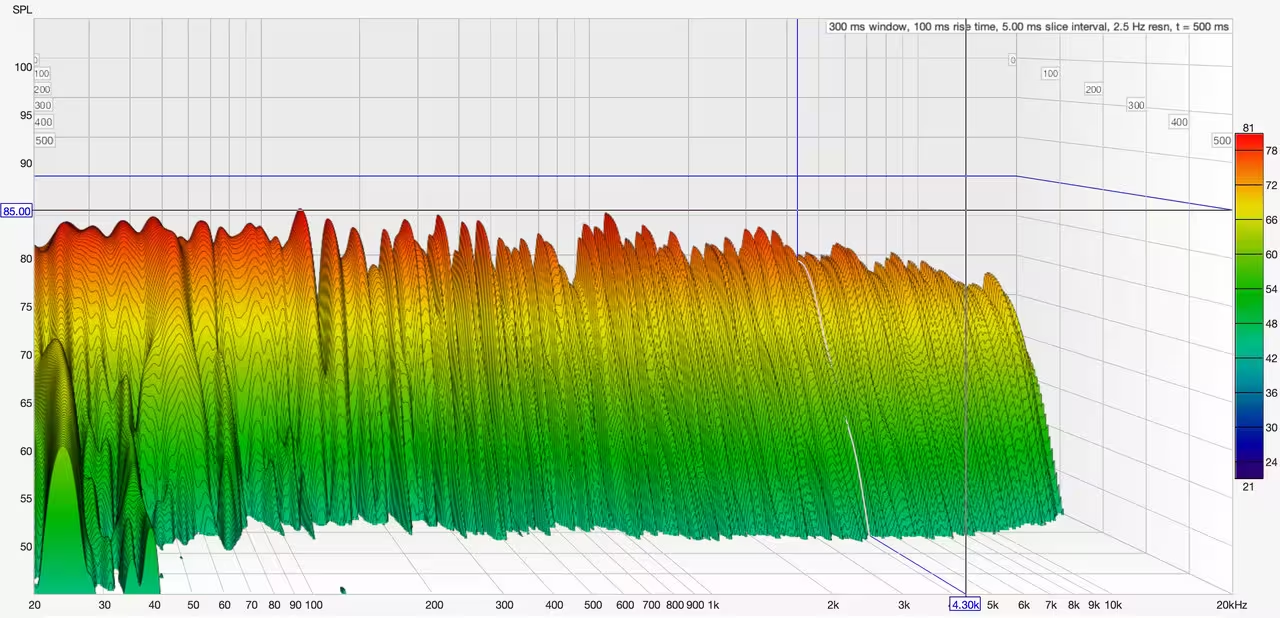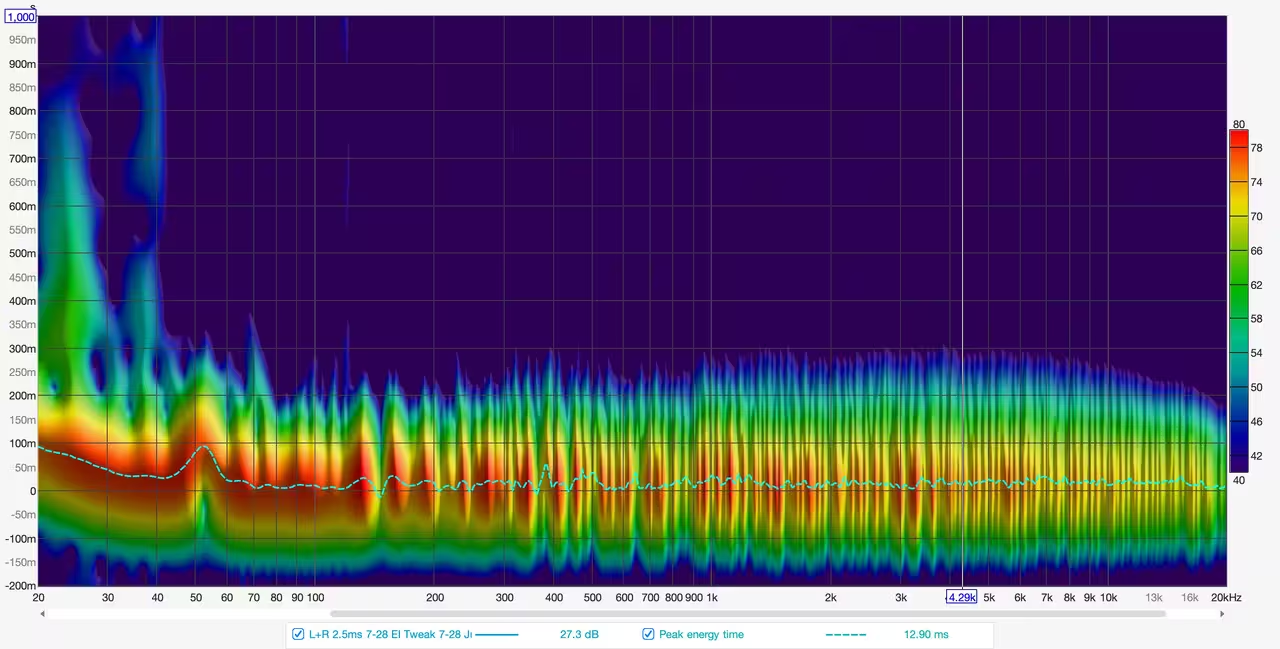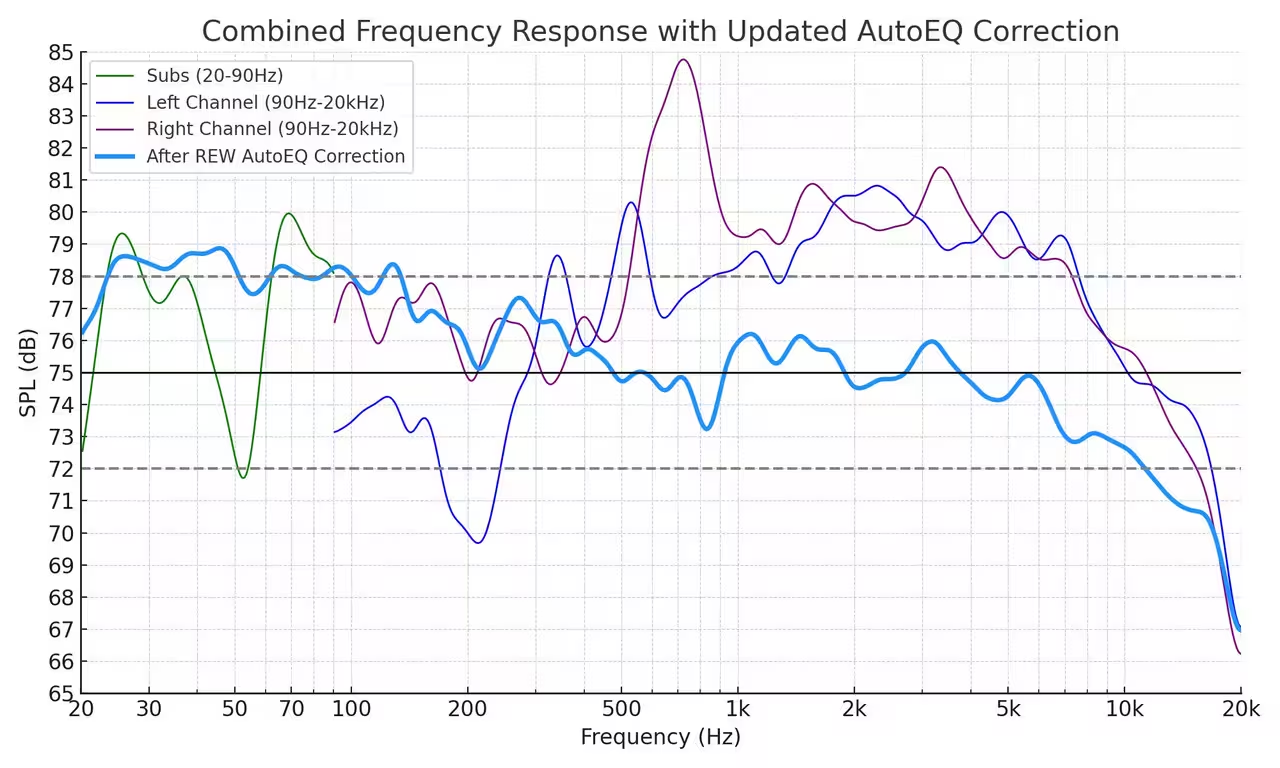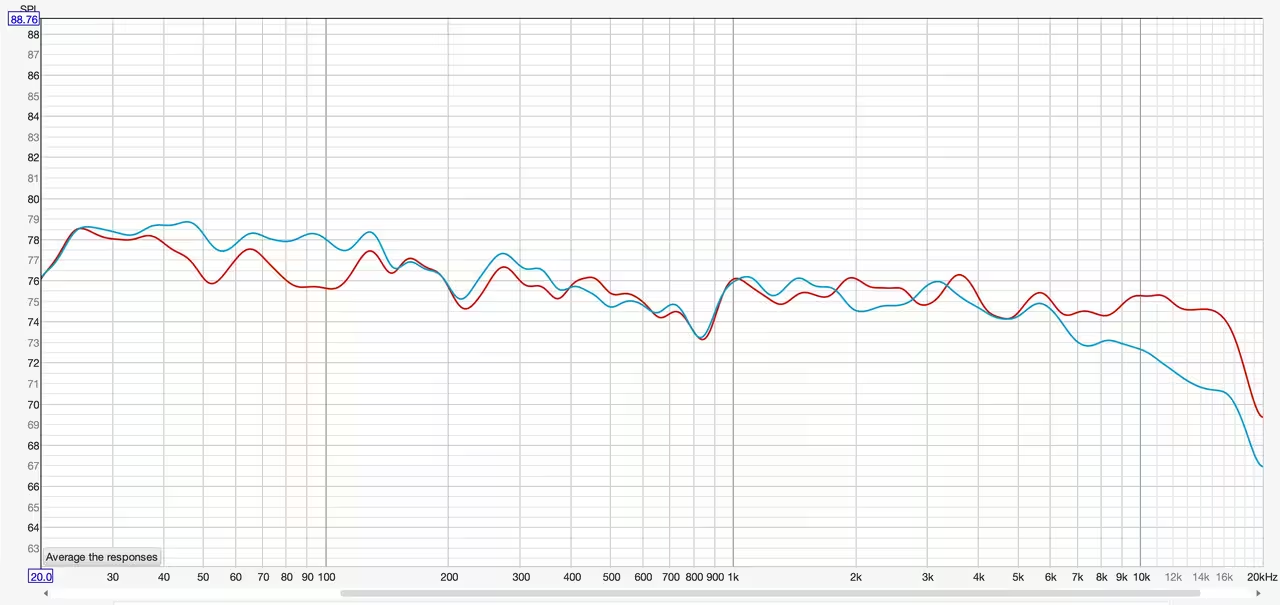I finally got a mic and used REW to analyze my room. Attached is the freq response for 3 different speakers (Monitor Audio Gold Reference 20, Sonus Faber Electa Amator II, and Sonus Faber Concerto Domus).

They all show similar characteristics - at least the most prominent ones. I did play around with the Amators trying them closer together and more forward in the room, but the major characteristics you see were mostly unchanged.
With this magnitude and number of deviations from a more ideal frequency response curve, am I better off biting the bullet and just doing digital room correction, or can these issues be addressed with room treatments without going crazy and having the room look like Frankenstein’s lab.
Cost is a consideration, but doing it right/better is the most important factor.
If digital room correction is a viable way to address this, what are the best solutions today? My system is largely analog (80’s/90’s Mcintosh preamp/amp, tube phono stage), and streaming isn’t a priority (though I’m not against it).
If the better digital correction solutions come in the form of a streaming HW solution, that’s fine, I’d do that.
Just looking for guidance on the best way to deal with the room, as both serious room treatments and digital EQ room correction are both areas I haven’t delved into before.
Thanks all. If more info is needed, let me know. My room is 11.5’ wide and 15.5’ long with the speakers on the short wall. Backs of speakers are 3-3.5’ off the front wall and they’re at least 2ft from either side wall. Some placement flexibility is there, but not a huge amount.
